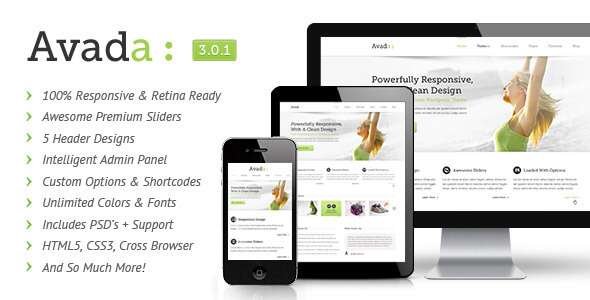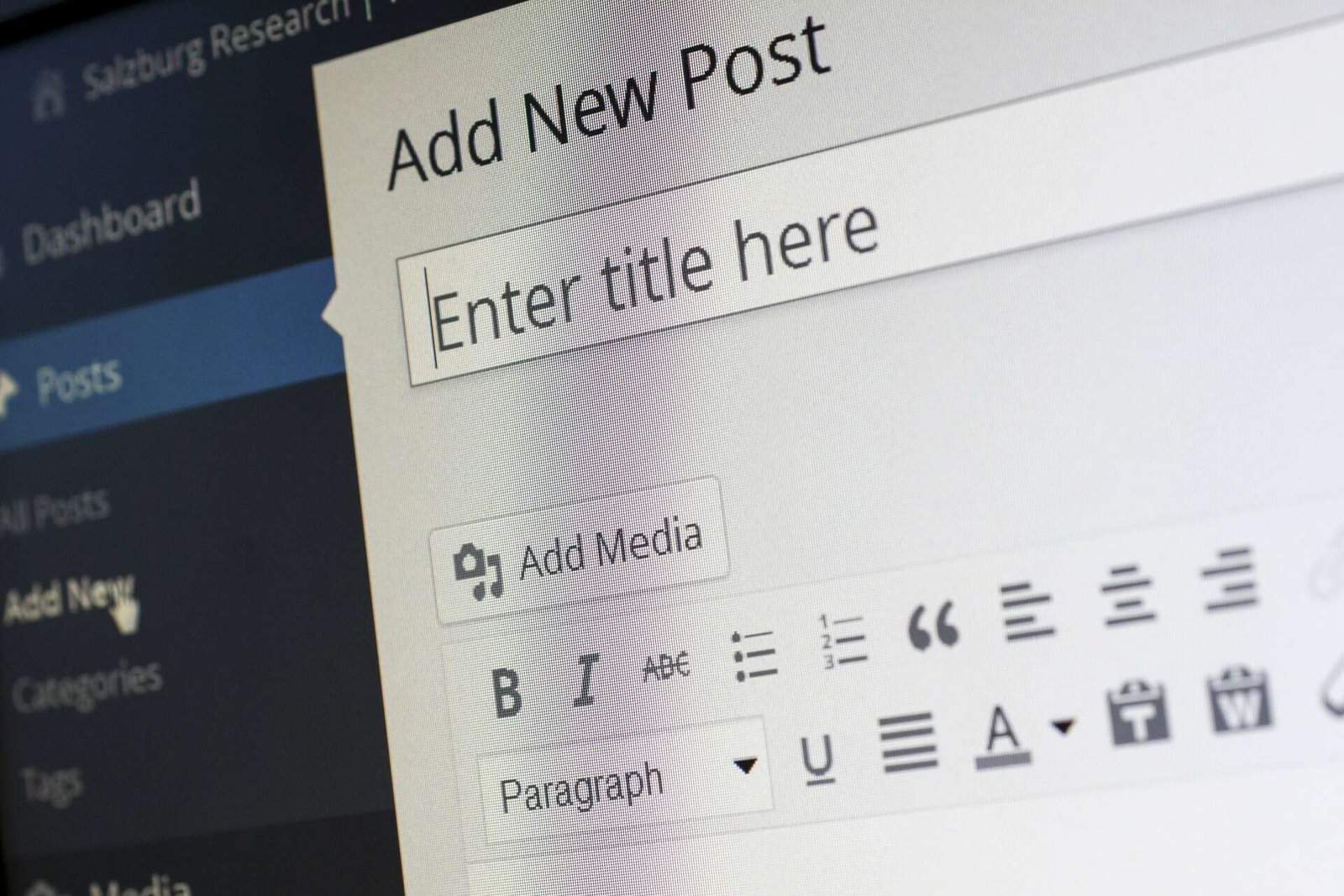Google is introducing two new ad formats and it is asking publishers to join the beta test. The InArticle and InFeed Adsense Native Ads are the two new formats, the first in line for a new native ad race.
Advertising networks are coming up with new ideas to improve users interaction with the ad and decrease the intrusiveness. InArticle and InFeed ads are Google’s answer to one of the biggest questions that publishers ask: Is it going to affect website’s user-friendliness?
Both of these ad formats, that Google is introducing through Adsense, are native in nature. This means the ads match with the website’s own layout and follows a ‘flow’ from a reader’s perspective.
Let’s see in details what these two ads have to offer for the publishers as well as the visitors.
Google InArticle Adsense Native Ads
Many eligible publishers have been making good use of Matched Content. Google is further pushing the limits of this feature by enabling publishers to use the InArticle Ads between content paragraphs. The ad dimension will be a minimum of 250px side and it will show content recommendations for publishers whose website or blog is eligible for Matched Content.
According to AdSense Help Document, InArticle ads only use creatives that have high quality assets (for example, the responsive ads in AdWords). This means that while InArticle ads can be more visually appealing to your visitors, they may have a lower CPM than you’re used to in the short term.
The font, headline, description and background of InArticle ad can be customized to match with the style of the website. You can also let Google recommend styles from which the suitable one can be picked.

Google also promises that high-quality advertiser assets will be available for InArticle ads.
Google InFeed Adsense Native Ads
Feed ads have been around for quite some time now but Google is adding some really fancy features for its InFeed ads. InFeed ads are just similar to InArticle ads when it comes to being native, however, they cannot be auto-optimized by Google. Publishers will have the power to customize the ad according to the needs to their website and monetize website or blog without disrupting the visual flow.

Parts of the ad that can be customized includes headline length, font, wrapping and alignment for text assets (headline, description, URL), button colors and borders, and the padding.
Both of these ad formats are currently available for a limited number of publishers. It is being expected that the ads will be rolled out to the public later this year.
Do you like the new ad formats? Let us know through comments.






Leave a Reply